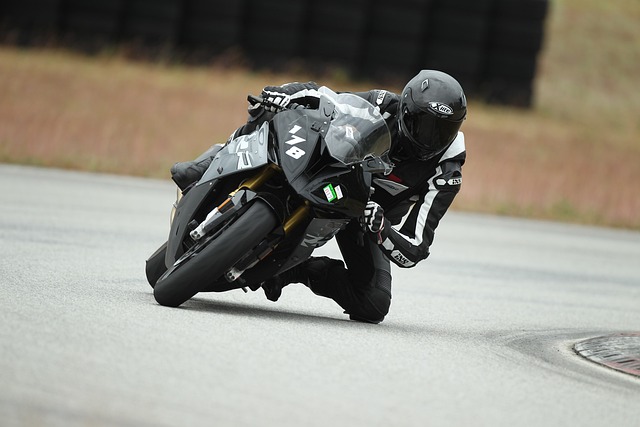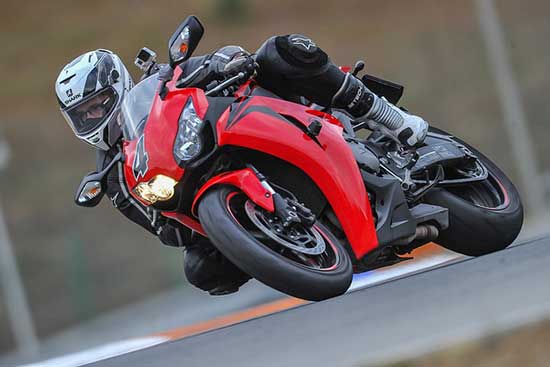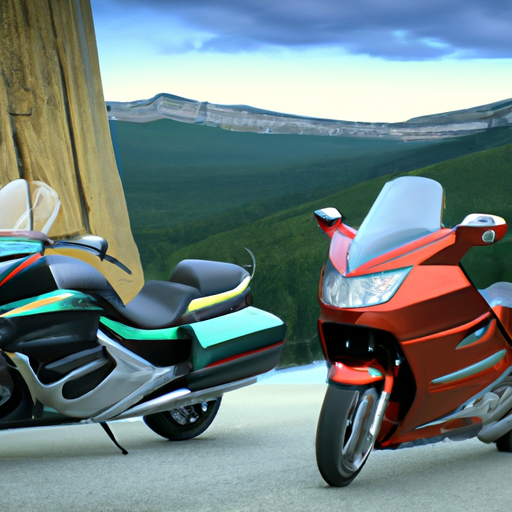If you own a Kawasaki motorcycle, you may have experienced issues with the ignition switch resistor, which can prevent the bike from starting.
In some cases, the resistor can become damaged or fail, making it impossible to turn on the motorcycle.
Fortunately, there are a few ways to bypass the ignition switch resistor and get your bike running again.
Contents
Understanding the Ignition Switch Resistor
Before we dive into the process of bypassing the ignition switch resistor, it’s important to understand what this component does and why it’s necessary.
The ignition switch resistor is designed to provide an added layer of security to your motorcycle’s ignition system.
When you turn the key in the ignition, the resistor sends a signal to the bike’s computer, which then allows the engine to start.
Without the correct resistance, the bike will not start, making it more difficult for thieves to steal your motorcycle.
Diagnosing the Problem
If you’re experiencing issues with your Kawasaki’s ignition system, the first step is to diagnose the problem.
Start by turning the key in the ignition and listening for any sounds or clicking noises. If the engine turns over but fails to start, there may be an issue with the ignition switch resistor.
On the other hand, if you turn the key and nothing happens, it’s possible that the battery or starter motor is to blame.
Bypassing the Ignition Switch Resistor
If you’ve determined that the ignition switch resistor is the source of the problem, the next step is to bypass it. There are a few methods for doing this, including:
Method 1: Using a Jumper Wire
One of the simplest ways to bypass the ignition switch resistor is to use a jumper wire. To do this, locate the resistor on your bike’s wiring harness.
It’s typically a small, rectangular component located near the ignition switch. Next, disconnect the wires on either side of the resistor and connect them together using a jumper wire.
This will bypass the resistor and allow your motorcycle to start without it.
Method 2: Removing the Resistor
Another option is to remove the ignition switch resistor entirely. This method requires a bit more work, as you’ll need to remove the resistor from the wiring harness and solder the wires together.
It’s important to note that this method will permanently bypass the resistor, which may have legal implications depending on your location.
Method 3: Using a Resistor Simulator
If you don’t want to permanently bypass the ignition switch resistor, you can use a resistor simulator instead.
This device is designed to mimic the resistance of the original component, allowing your motorcycle to start without the resistor.
To use a resistor simulator, simply connect it to the wiring harness in place of the original component.
Risks and Considerations
While bypassing the ignition switch resistor can be a quick and easy fix for a non-starting Kawasaki motorcycle, there are some risks and considerations to keep in mind.
First and foremost, bypassing the resistor can make your bike more vulnerable to theft. Additionally, depending on your location, bypassing the resistor may be illegal or may void your warranty.
It’s important to carefully consider these factors before attempting to bypass the ignition switch resistor on your motorcycle.
Conclusion
Dealing with a non-starting Kawasaki motorcycle can be frustrating, but with the right tools and knowledge, it’s possible to get your bike back on the road quickly.
By understanding the purpose of the ignition switch resistor and the methods for bypassing it, you can troubleshoot ignition issues and get your motorcycle running again in no time.
FAQs
Does bypassing the ignition switch resistor damage my motorcycle’s electrical system?
Bypassing the resistor itself won’t cause damage to the electrical system, but it can make your bike more vulnerable to theft.
Is bypassing the ignition switch resistor legal?
Depending on your location, bypassing the ignition switch resistor may be illegal. It’s important to check local laws before attempting to bypass the resistor on your motorcycle.
How can I prevent the ignition switch resistor from failing in the future?
Unfortunately, there’s no foolproof way to prevent the ignition switch resistor from failing. However, keeping your motorcycle’s electrical system properly maintained can help reduce the risk of failure.
Can I bypass the ignition switch resistor on other types of motorcycles besides Kawasaki?
The process for bypassing the ignition switch resistor may vary depending on the make and model of your motorcycle.
It’s important to research the specific procedure for your bike before attempting to bypass the resistor.
Final Thoughts
Bypassing the ignition switch resistor on your Kawasaki motorcycle can be a quick and easy solution to a frustrating problem.
However, it’s important to carefully consider the risks and legal implications before attempting to bypass the resistor.
If you’re unsure about the process or have concerns about the safety of your motorcycle, it’s always best to seek the advice of a professional mechanic.
With the right tools and knowledge, you can troubleshoot ignition issues and keep your Kawasaki running smoothly for years to come.






